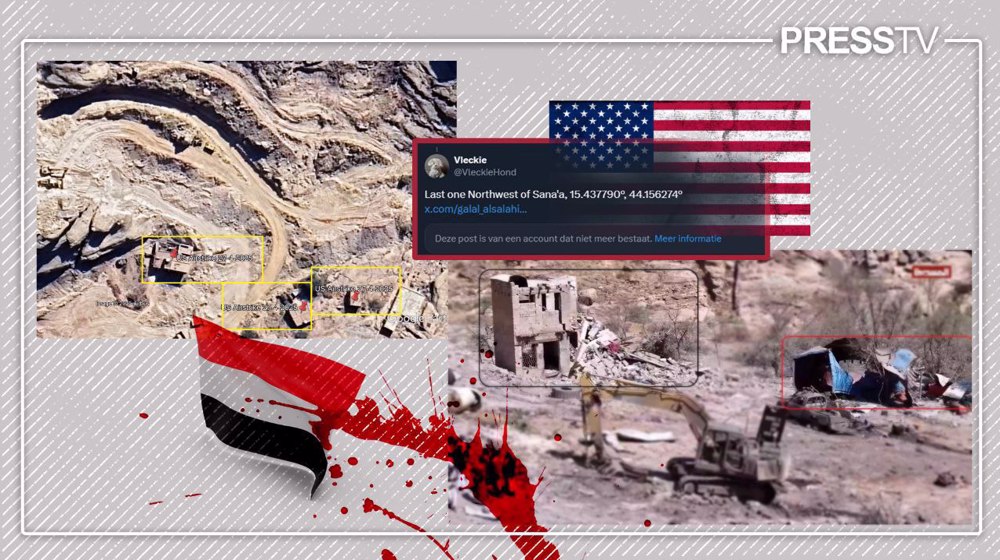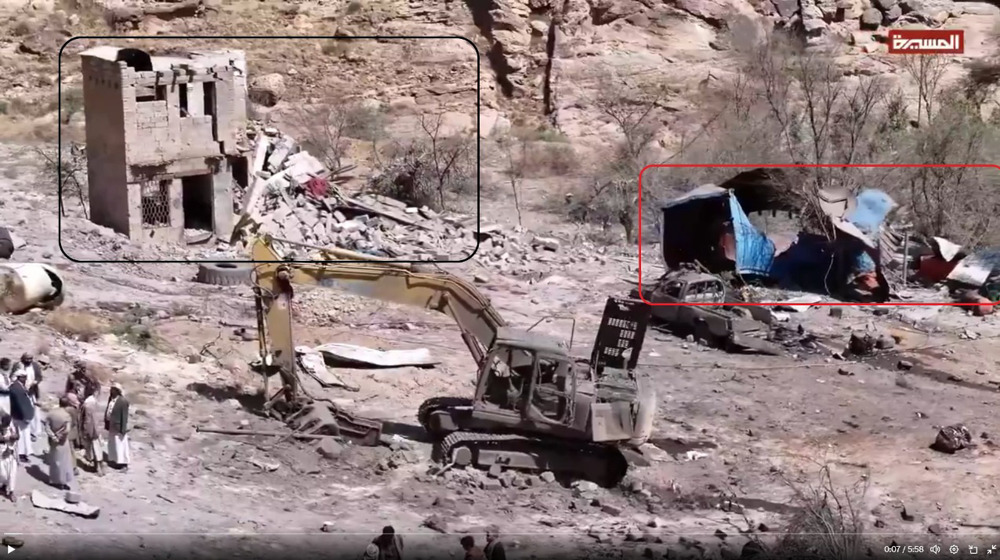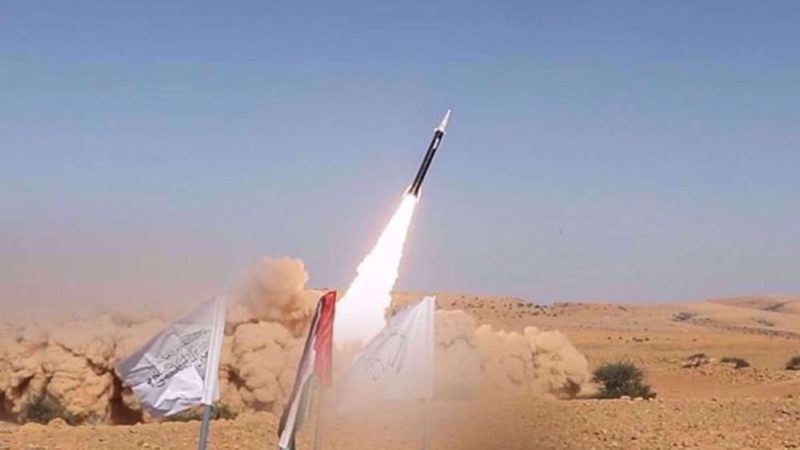Exposed: US military using amateur OSINT from X to murder Yemeni civilians

By Yousef Ramazani
Speculation is rife that the US military has been using amateur open-source intelligence (OSINT) data shared by social media users on virtual platforms to attack civilian facilities in Yemen, falsely identifying them as military targets.
Following a US strike on Monday near the Yemeni capital that killed eight civilians, social media posts have emerged suggesting that the United States Central Command (CENTCOM) relied on dubious assessments to select targets in Yemen.
Specifically, just days before the attack, some self-proclaimed OSINT “experts” posted satellite imagery of various civilian locations in Yemen, calling them underground military bases.
Among the so-called “suspicious locations” was a quarry at the foot of Mount Yajurah, near the Thaqban settlement in the Bani Al-Harith district, northwest of the capital, Sana’a.
The quarry was falsely described as the entrance to an underground missile base.
In a US strike on the site on April 28, three civilian houses were destroyed, and eight civilians, including women and children, were killed.
The individuals behind these and other false assessments have been sharing such content on the X platform, formerly Twitter, for years. One is reportedly based in Houston, Texas, and the other is a woman from the Netherlands.
Generally, OSINT is an intelligence-gathering discipline focused on collecting and analyzing publicly available information, typically conducted by professionals.
In contrast, amateur OSINT is a hobby for unaffiliated individuals, mostly imposters, who present themselves as intelligence or military experts to gain attention.

Similar to amateur astronomers, these individuals scour publicly available high-resolution satellite imagery in search of “suspicious” locations, hoping to gain recognition and popularity.
Their limited acclaim on social media so far stems from identifying the geolocation of photographs showing US attacks on Yemeni cities.
In recent years, serious OSINT analysts have independently discovered new military bases in China and Russia, findings that have received coverage in major media outlets.
By contrast, in the case of Yemen and the aforementioned social media users, their efforts amount to mass random guessing, comparable to “surebets,” a betting strategy involving wagers on all possible outcomes.
The US strike on one of their presumed locations may be a coincidence of time and place, though strong arguments suggest otherwise.
Unlike these amateur OSINT analysts who rely on public satellite maps, the US military possesses advanced spy satellites offering real-time imagery, along with reconnaissance drones used for imagery intelligence (IMINT), field informants, and other assets.
Theoretically, one could conclude that it is unlikely amateur claims would be used for target selection. However, the reality indicates that recent targeting decisions fall far short of the standards expected of serious military intelligence.

In recent weeks, several sites have been struck, resulting in dozens of civilian casualties, including an African refugee camp and a rural tribal gathering, misrepresented by the Donald Trump administration as a “military meeting.”
Meanwhile, not a single Yemeni underground base, bunker, or major military equipment depot has been destroyed, as acknowledged by both US military experts and congressional briefings.
Both sources warn of limited available intelligence and inadequate capabilities in the region. The frequent downing of advanced MQ-9 reconnaissance drones by Yemeni forces further complicates intelligence efforts.
Under such conditions, the selection of random targets based on unreliable sources is not unthinkable. It is also plausible that military intelligence officers, like their amateur OSINT counterparts, could suspect every outcrop in Yemen of concealing an underground base.
The Dutch individual who misidentified a “military base” in a quarry has faced criticism on social media, where users accuse her of contributing to the deaths of three Yemeni families.
“It is widely known that the US is repurposing the target bank the Saudis used for the past 10 years, but those very specific coordinates were NOT part of that bank. They were first posted to Twitter a month ago, and then bombed a few days ago,” wrote a social media user, Aldanmarki.
She has distanced herself from the incident, expressing doubt that CENTCOM used her information for target selection, but added that she would no longer publish imagery suggesting “potential” underground bases.
In recent months, since Trump assumed office, US warplanes have frequently carried out attacks on civilian targets across the Arab country after Yemen refused to end its support for Gaza.
In response, the Yemeni military has carried out operations against the US warships in Red Sea as well as missile strikes deep inside the occupied Palestinian territories.






